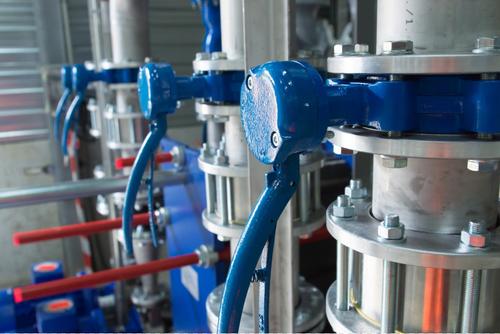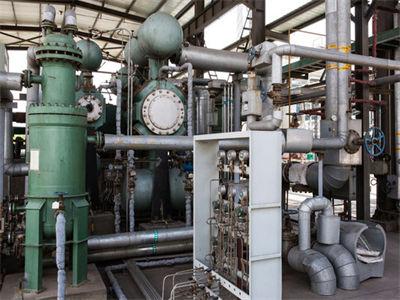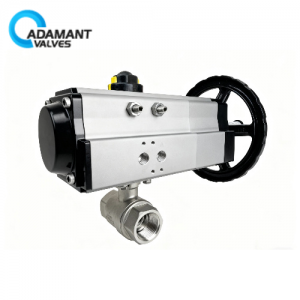Category: Valve Operation
What are the Effects of the Coating on the Valve Surface?
Generally speaking, cast iron and carbon steel valves are usually painted with different types and thicknesses of paint for good protection. Sanitary valves are generally used for the transportation of water, oil, steam, etc., and are in direct contact with the metal surface, thus prone to serious corrosion under the action of oxygen. Coatings are generally […]
Read moreTop 6 Precautions to Take When Installing Balancing Valve
What is the purpose of a balancing valve? Balancing of heating and cooling systems is performed to ensure that the correct amount of water is present at all consumption points. Balancing is carried out by building balancing valves into the system, thereby adding adjustable resistance. What are the top 6 precautions to take when installing balancing […]
Read moreFeatures of the Valve Manufacturing Process
Valves seem like fairly uncomplicated equipment in the machinery industry, right? They simply open and close to start and stop the flow of fluids and other mediums. They must be fairly easy to manufacture, right? When you take a closer look, you’ll find that every residential and industrial pipeline system would immediately fail without functioning […]
Read moreWhat Does the Operating Condition of Sanitary Valves Depend?
The working condition of the sanitary valve depends on many factors, including working pressure and working temperature of the medium, variation of pressure and temperature, driving mode, the installation position of the sanitary valve, service cycle, etc. Working pressure and temperature Generally speaking, the higher the pressure and temperature of the sanitary valve, the worse the […]
Read moreThe Causes Leading to Damaged Valve Sealing Surface
Mechanical damage: There will be scratches, bumps, crushes, and other damages during the opening and closing of the sealing surface. Between two sealing surfaces, under high temperature and high pressure, there will be mutual penetration of atoms, resulting in adhesion. When the two sealing surfaces move along each other, they’re prone to be torn apart […]
Read more







